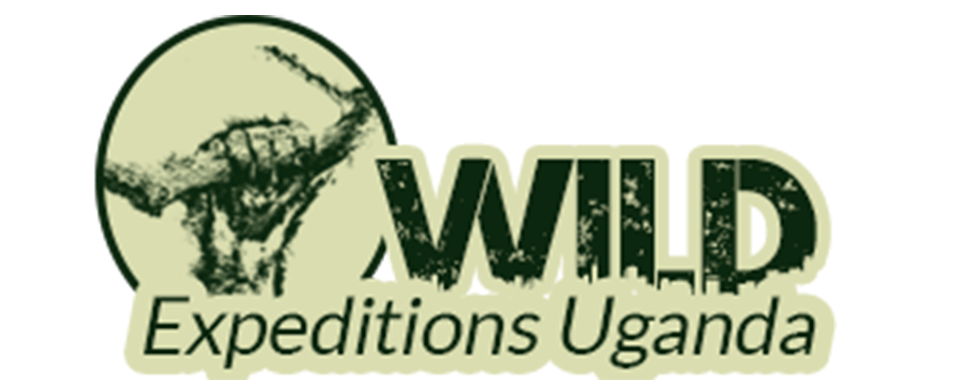Where Silver meets Gold
Location: South western Uganda Size: 33.7 km sq
Mgahinga is part of a larger ecosystem, the Virunga Conservation Area (434km sq) which includes two adjacent parks in Rwanda and Congo. It rises from 2227 m to 4,127m above sea level.
The park which is a cultural heritage featuring in the history, folklore and traditional healing practices for local people, covers the north slopes of the three northern Virunga volcanoes Muhavura, Gahinga and Sabinyo. The park derives its name from âGahinga Kinyarwanda word for a pile of volcanic lava stone heaps around which cultivation is carried out. On the other hand, Muhavura means guide and Sabinyo means the Old manâs teeth. It is bordered to the south by Rwanda and to the west by DR Congo. While Sabinyo is deeply eroded with jagged crown and deep gorges and ravines, Gahinga has a swamp filled crater about 180m wide and Muhavura has a small crater lake about 36m wide at its summit. On some of the steep mountain slopes are caves formed by lava tubes, one of them being the famous Garama cave located near Ntebeko, the park headquarters.
HISTORY
In 1930, the British administration established Mgahinga as a Game sanctuary to protect the gorillas and other wildlife. In 1941 Mgahinga Forest reserve was established to protect the forest with the animals and forests managed by different ministries. In 1989, growing international pressure led to the establishment of the Gorilla Game Reserve Conservation Project, with support from a private German Conservation organization, which worked with the Forest and Game departments to enforce laws, survey wildlife and develop sustainable tourism.
In 1991, Mgahinga Gorilla National Park was gazetted with the same boundaries as the original game Sanctuary. It currently has one habituated Gorilla group known as Nyakagezi with Mark as the dominant silverback assisted by one subordinate silverback two adult females and 2 infants.
